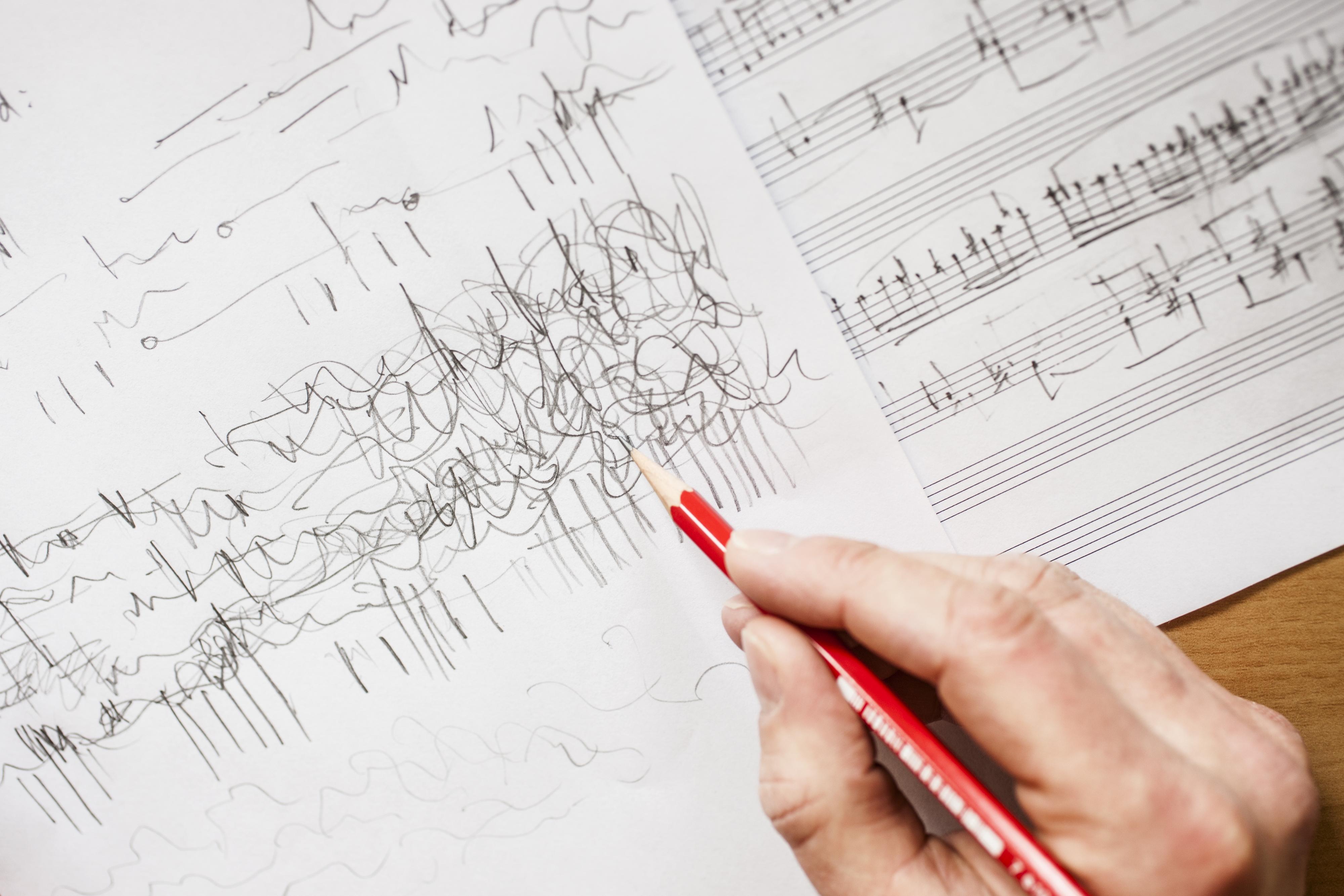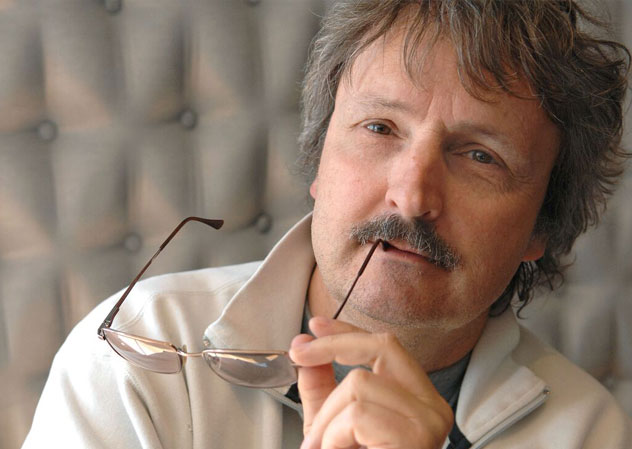Distribution types
How is the distribution carried out?
Where possible, the distribution is made on a work-related basis, that is to say on those works and performances that have generated the income. At the same time, the distribution cost is to be kept as low as possible. The distribution criteria are laid down in regulations that require approval by the Swiss Federal Institute of Intellectual Property (IGE).
Distribution calculated on the basis of the work (Art. 49, Para. 1 FCL)
By far the largest proportion of the receipts are distributed individually to rightholders. In most distribution areas, the collective rights management organisations have detailed information on the utilisation of the works. Based on this, the distribution is made according to utilisation: In the case of SRG TV programmes for example, the remunerations can be allocated to the works actually broadcast. Where reproductions of works of visual art are concerned, the proportions due to the rightholders are calculated and paid on the basis of the actual utilisations. These distributions are made at regular intervals, the large ones usually once a year for reasons of cost-effectiveness, for the utilisations made in the preceding year.
Flat-rate distribution (Art. 49, Para. 2 FCL)
Certain utilisations do not lend themselves to documentation in a sensible time frame and/or at a reasonable cost. Moreover, there are tariffs for which there is simply no utilisation data available and for which the utilisation has to be estimated. This is the case for remuneration in respect of photocopying for example where it is impossible to determine how often which individual copyright works are copied. Monies from these tariffs are paid out as flat-rate amounts, generally on the basis of work-related distribution data.
Payments to cultural and social foundations (Art. 48, Para. 2 FCL)
All Swiss collective rights management organisations allocate a proportion of their proceeds to the foundations for cultural funding and social welfare.
Related links:


